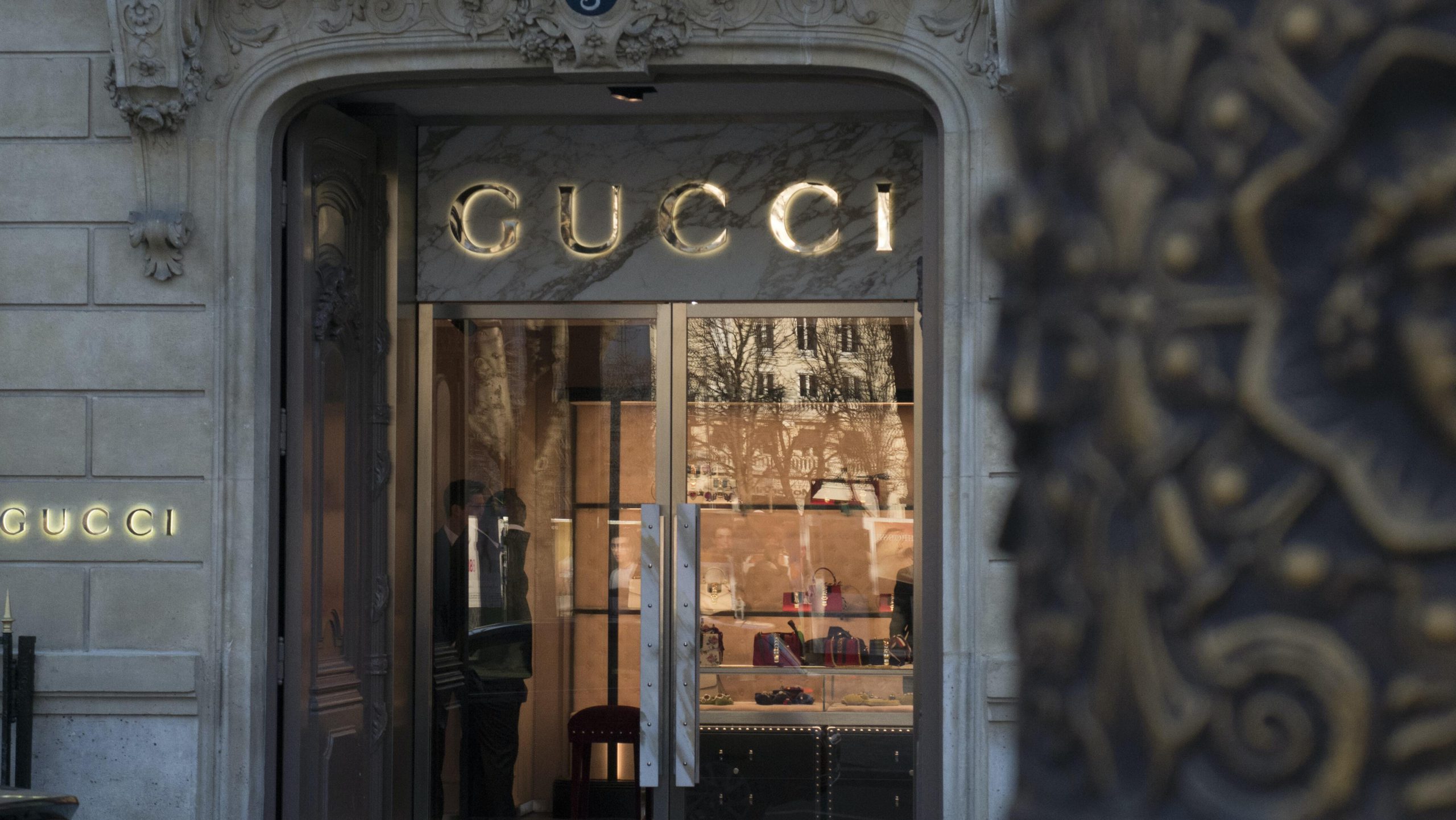As we mentioned in a previous article, several top luxury brands are moving towards a more sustainable business model. For a new generation of consumers, sustainability is a crucial factor that drives their buying decisions. This not only reflects on their choices but also on their actions and habits.
More and more consumers are adopting circular economy practices, such as reuse and second-hand purchases. These concepts are central to Nanboya’s philosophy and business model. We understand that luxury items have a long life cycle and it’s up to us to make sure that it’s fulfilled. This means buying pre-loved items and finding them a new home, where they can continue to generate precious memories. Getting involved in these practices allows you to enjoy luxury in a more sustainable way.
In this article, we are going to continue exploring the sustainability practices of luxury brands that Nanboya trades, such as Gucci, Yves Saint Laurent, Omega and Cartier.
Gucci
The Italian fashion powerhouse is deeply committed to sustainability. As part of the Kering group, in 2017, they presented a 10-year plan to reduce their impact, and they have been following through. They have banned animal fur from all of their collections since 2018, and they guarantee the traceability of more than 95% of their raw materials.
They also have set a science-based target to reduce their greenhouse emissions and a policy to prevent deforestation of native and endangered forests in their supply chain.
Omega
Omega is taking sustainability seriously and implementing important changes in the way they build their watches. In 2018, they opened a state-of-the-art factory in Sweden designed to be as efficient and environmentally friendly as possible. The roof of the building holds 561 photovoltaic solar panels that produce clean energy to supply the factory. It also has an energy-efficient indoor climate control system. The main materials of the building are of sustainable origins, such as local Swiss spruce.
Yves Saint Laurent
The French fashion house is also part of the Kering group, and it shares several sustainability policies. Following the group’s traceability focus on raw materials, they have developed two innovative projects around this topic. They trace all of their South African leather from farms to finished goods using laser technology. As for Mohair, they use blockchain to trace it back to its origin through a unique product fingerprint.
Like Gucci, they are also taking action to reduce their greenhouse emissions and protect endangered forests.
Cartier
The jewellery giant has been committed to sustainability for a long time now: they have been climate-neutral since 2009, and they continue working to reduce their CO2 footprint. Also, they have an annual gold consumption of only 10 tons, and more than 90% is recycled. All of the diamonds they use in their jewellery have a conflict-free guarantee and comply with the Code of Conduct for Responsible Jewellery Practices.
It inspires great hope to see that more and more top luxury brands across the world are committing to sustainable practices. For us, sustainability is part of our DNA and central to the way we do things. We hope to inspire people to embrace sustainability and reuse as a way of life.




